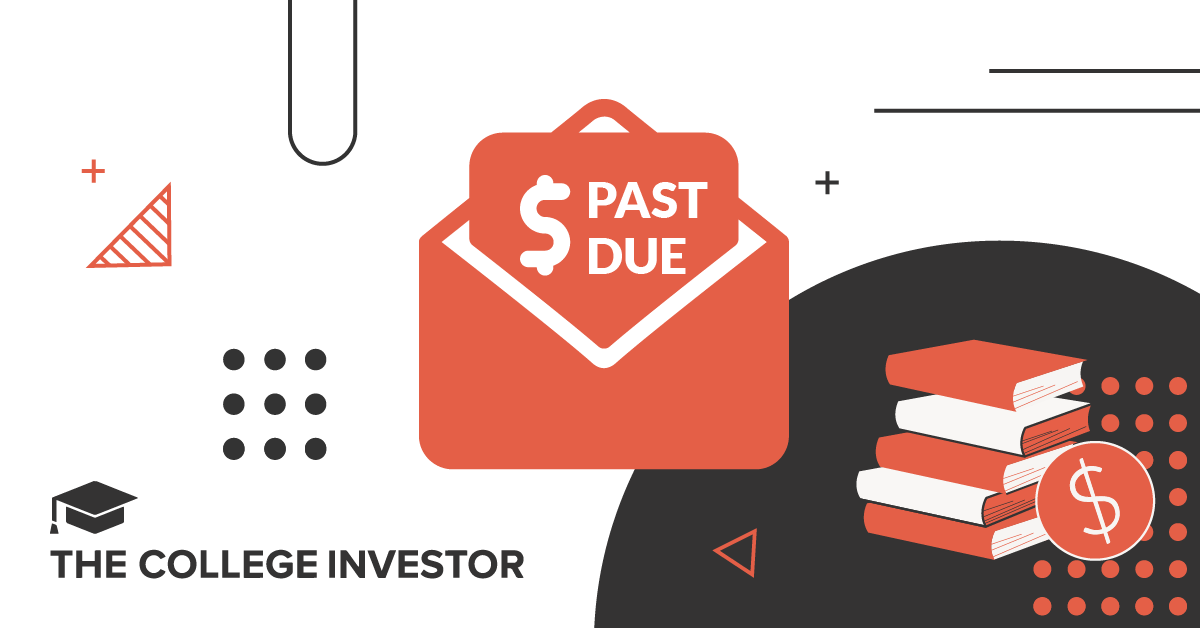Annual Percentage Rate (APR)
Definition
Annual Percentage Rate (APR) is the annualized cost of borrowing, expressed as a percentage. It includes the interest rate and additional fees or costs associated with the loan.
Detailed Explanation
The Annual Percentage Rate (APR) is a comprehensive measure used to calculate the total cost of borrowing. It is expressed as a yearly rate, providing borrowers with a more complete picture of how much a loan will cost over its lifetime. APR is especially useful when comparing loan products, as it encapsulates not only the interest rate but also any fees and additional costs associated with the loan.
The APR is designed to give borrowers a more comprehensive and transparent insight into the actual cost of a loan. While the interest rate reflects the cost of borrowing the principal loan amount, the APR goes a step further by including other charges such as loan origination fees, processing fees, and any other costs that are rolled into the loan. Thus, the APR is typically higher than the interest rate (albeit slightly).
Lenders are required by law in many countries to disclose the APR to borrowers. This practice ensures transparency, allowing borrowers to make informed decisions and easily compare different loan offers. APR provides a basis for "apples to apples" comparisons, promoting competitive lending and fostering a more transparent financial marketplace. However, borrowers should be aware that lenders may calculate APR differently, so it's essential to understand the lender's methodology when comparing loan offers.
Example
Suppose John is considering taking out a $10,000 personal loan.
Lender A offers him a loan with an interest rate of 5% and a $500 origination fee.
Lender B offers a loan at 6% interest with no fees. While Lender A has a lower interest rate, the APR, which includes both interest and fees, can provide a clearer comparison of the total cost of each loan.
To calculate the APR for Lender A:
- Total interest for a one-year term at 5% would be $500.
- Add the $500 origination fee, totaling $1,000 in costs for the first year.
- Thus, the APR would be ($1000/$10000)*100 = 10%.
For Lender B, the APR is simply the interest rate of 6%, as there are no additional fees.
In this example, although Lender A has a lower interest rate, Lender B has a lower APR, making it a better option for John when considering the total cost of the loan.
Key Articles Related To APR
Related Terms
Amortization: The process of paying off a debt over time through regular payments.
Finance Charge: The total cost of the credit a borrower is responsible for paying, aside from the principal amount.
Interest Rate: The cost of borrowing the principal loan amount, expressed as a percentage.
Principal: The original amount of money borrowed before any interest or fees are added.
Editor: Colin Graves Reviewed by: Chris Muller
